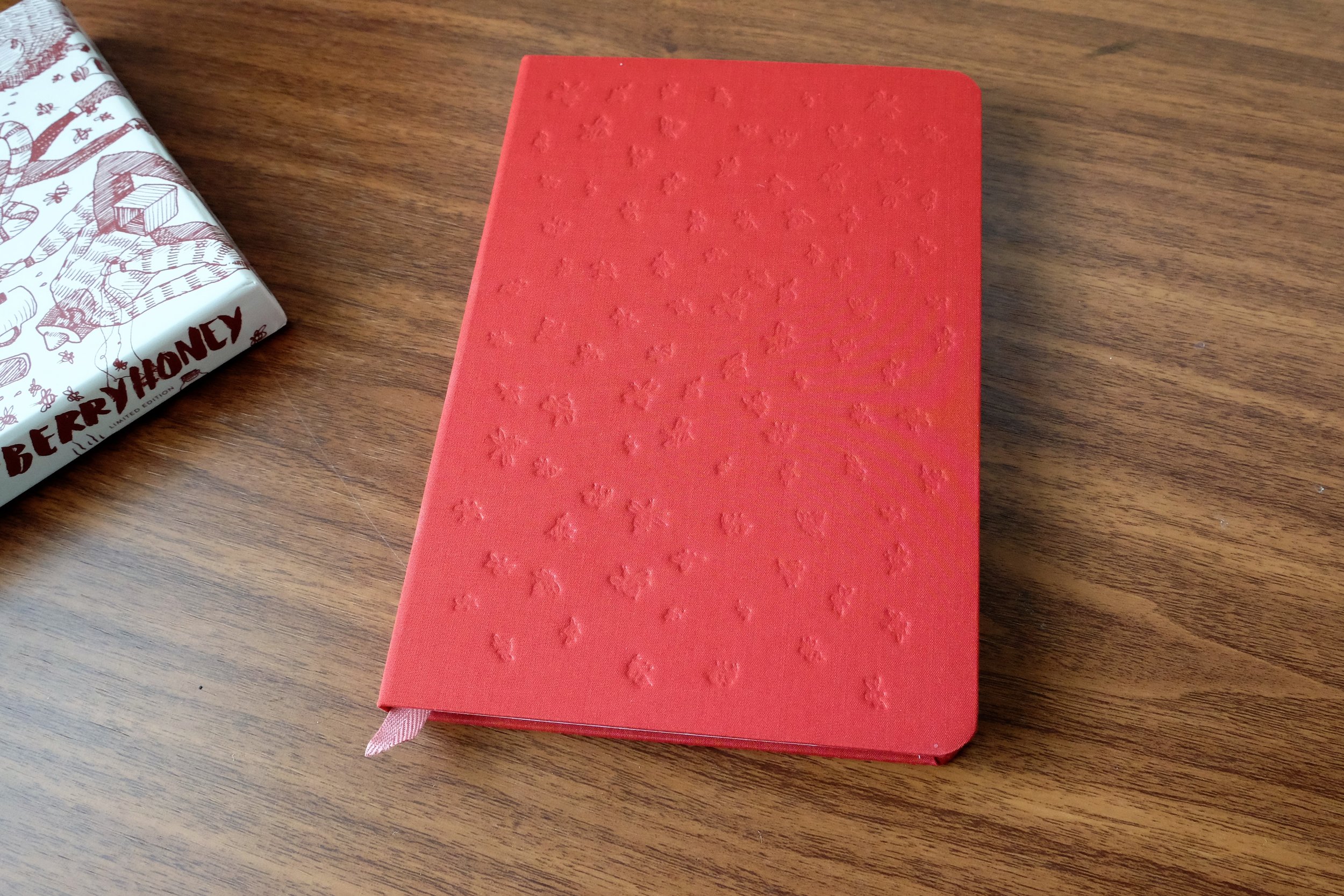It's been a wild Thursday and Friday here at the 2017 D.C. Pen Show, and your correspondent is nearly tapped out already, in terms of both money and energy. The D.C. Pen Show runs for four days, with the first two days being "trader days", and Saturday and Sunday open to the public. Thursday is generally very quiet, with a handful of vendors set up in the ballroom selling to each other before the madness starts. Friday is much busier, but still not as crazy as Saturday. Friday at the D.C. Pen Show might be my favorite day of any pen show that I regularly attend, because admission is limited to the "weekend pass" holders and you can wander this absolutely massive show, scouring the tables for gems that might get lost in the shuffle during the MUCH more crowded public days.
This Friday, However, Had a Hitch...
The seething masses waiting to crash the gates on Friday morning. Torches and pitchforks have been Photoshopped out.
After a quiet Thursday night, which many of us spent at the hotel bar catching up with people we hadn't seen in months (or in some cases, years), we were eager for the show doors to open at 9 a.m. Sadly, due to a LOT of disorganization on the the show promoter's part, some vendors didn't even receive table assignments until nearly noon, and it was after lunch before the show was fully set up and ready to go. Needless to say, there were a lot of unhappy/visibly angry vendors, and understandably so. Even though it's not a public day, a lot of business gets done on Friday (especially on the higher end), and the pen repairmen and nib grinders lose a full half-day of business if they can't get their table assignments and start work as soon as possible in the morning. Hopefully they will make it up on a busy Saturday and Sunday, and that changes are made to ensure that the same thing doesn't happen next year. Otherwise, I'm not sure that the D.C. show will retain its position as the premier pen show on "the circuit," because vendors and attendees can't - and shouldn't - justify the time and expense of attending this show if the promoters can't take basic steps to ensure that the doors open on schedule.
My Friday Takeaways
I kicked off the 2017 D.C. Pen Show by picking up two pocket pens from Ian Schon of Schon Design, who showed up with both his standard line as well as a bunch of prototypes. I've not used Ian's pens before, but have heard great things, so predictably I picked up two: a PVD DLC-coated stainless steel classic version, and a royal blue and gold anodized prototype. Both of these use the Fisher Space Pen refill, which you know I'm a fan of.
Things moved pretty quickly after that. I snapped up three pens, two of which I've wanted to purchase for the past couple of years: an Edison Menlo (with the new draw filler filling system), an Edison Glenmont in Tibaldi Impero Celluloid, and a Kanilea Pen Co Nui Nalu.
From left: Kanilea Pen Co Nui Nalu, Edison Menlo with Draw Filler in blue flecked acrylic, and Edison Glenmont in Tibaldi Impero Celluloid.
Despite the short day, I also managed to have nibs tuned by Mike Masuyama and Dan Smith, and picked up a couple bottles of Robert Oster ink from Vanness Pens (Fire and Ice and Maroon 1789). After the chaos that was Friday morning, everyone pretty much stayed on-site at the hotel for dinner and retired to the bar later for drinks and sharing the day's finds. Hopefully I'll have much more to share tomorrow, after a full day of pens and people! In the meantime, here's a gallery of some pen show shots.
If you're in the Washington, D.C.-Northern Virginia-Maryland area, be sure to visit the D.C. Pen Show this weekend, August 5 and 6! It's being held at the Marriott Fairview Park Hotel in Falls Church, VA, and runs from 9:30 to 5!















